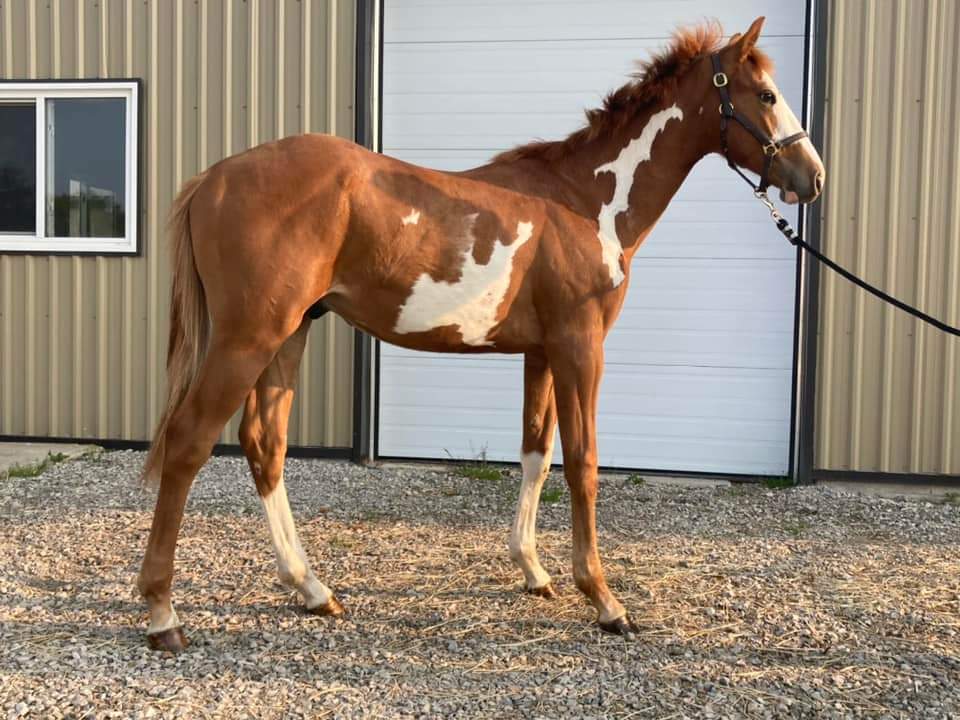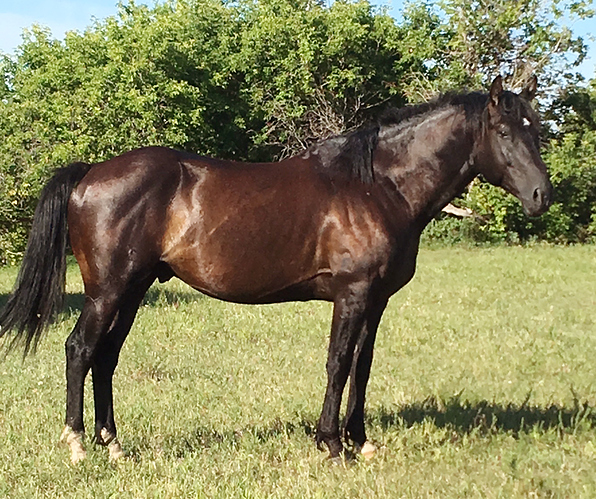Lots of things do change, like back length, neck length, leg length relative to body depth, and some others.
But when they’re in a relatively balanced state of growth, there are things that are definitely what you see. Shoulder slope and angle don’t change, but length of scapula and humerus will. LS gap doesn’t change, no matter the state of growth - it’s either over the point of the hips, or it’s behind it. The neck emerges above the point of the shoulder, or it doesn’t, no matter its length or how upright it is.
Where the front legs are in relation to the wither doesn’t change a lot either. A very butt-high stage will visually put them a bit closer together, but not a lot. The OP horse is never going to have a REALLY good relationship here (pillar of support) but it’s good enough.
Even as a foal, you can get a really good idea how straight his hind legs will be based on how “camped out” his growth stage is. If you have a 3 month old foal who has adult angles back there, he’s going to end up straighter. If you have him with a decently camped out posture because his tibia/fibia and femur are long relative to his body, then he’s going to have more normal/desire adult angles Leg bones need to start out long, to give the body room to grow into. You don’t want foal leg angles looking like adult angles
Aside from the first type of things that DO change, things you need to look at the parents to get a decent idea of mature look, once a foal is fully unfolded, you can definitely tell functional conformation - pillar of support, LS gap, neck emergence.





